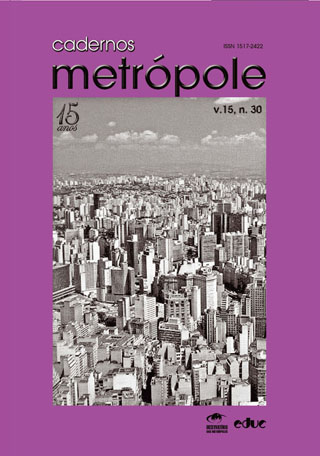Urban mobility: the challenges of the future
Keywords:
urban mobility, mobility policies, emerging countriesAbstract
The decades following the Second World War were characterized by the predominant presence of the automobile in urban mobility, both in terms of its increasing importance in the modal split, and also regarding the definition of public policies and strategies of accessibility. With the first oil crisis in the 1970s and the subsequent environmental awareness of the negative impacts of the transport sector, new policies began to be designed, guided by concepts such as intermodality and social cohesion, as well as more concerned about reducing the environmental impacts of urban mobility. In a period where the new emerging countries present a strong economic growth and a consequent increase in the motorization rate of their population, it is useful to analyze the evolution of such mobility policies and share some conclusions about the paths to follow, highlighting the specificities of those countries, and also the lessons of the recent past.Metrics
Metrics Loading ...
Downloads
How to Cite
Silva, F. N. da. (2013). Urban mobility: the challenges of the future. Cadernos Metrópole, 15(30), 377–388. Retrieved from https://revistas.pucsp.br/index.php/metropole/article/view/17486
Issue
Section
Artigos
License
A revista não tem condições de pagar direitos autorais nem de distribuir separatas.
O Instrumento Particular de Autorização e Cessão de Direitos Autorais, datado e assinado pelo(s) autor(es), deve ser transferido no passo 4 da submissão (Transferência de Documentos Suplementares). Em caso de dúvida consulte o Manual de Submissão pelo Autor.
O conteúdo do texto é de responsabilidade do(s) autor(es).


